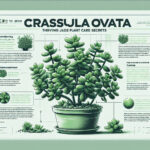Introduction to Crassula Ovata
Welcome to the fascinating world of Crassula Ovata, the plant that combines effortless charm with resilient nature. Fondly known as the Jade Plant or Money Tree, this succulent is a testament to uncomplicated beauty and fittingly symbolizes prosperity. But what exactly makes it a treasure among plant enthusiasts? Let’s delve into the origins and appeal of this green gem.
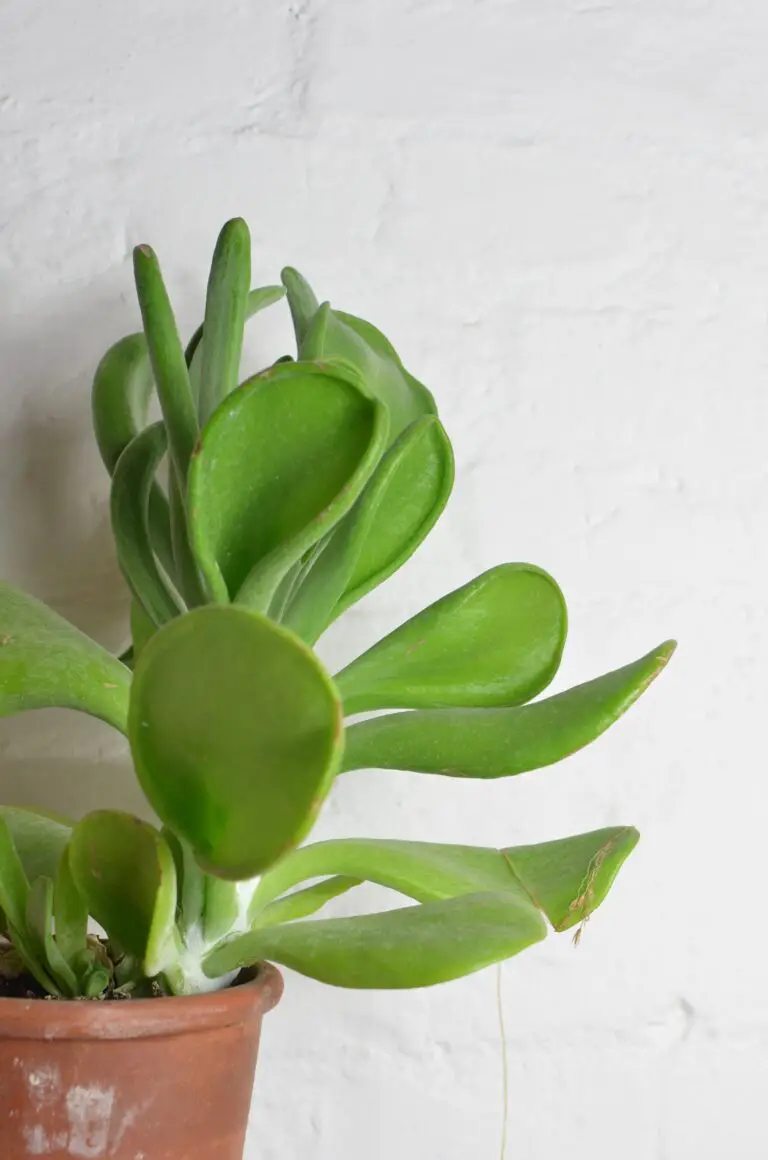
Crassula Ovata hails from the windswept hills of South Africa and has waltzed its way into the hearts and homes around the globe. Its plump, jade-green leaves glisten as if kissed by the morning dew, a sight that has inspired many green thumbs to nurture it. Indeed, a Jade Plant perched on a windowsill is not just a plant but a slice of serenity glimmering in the sunlight. For an exquisite look at nurturing these succulents, explore care tips that can help you achieve that enviable indoor greenery.
But it’s not just the aesthetics; the resilience and adaptability of the Jade Plant are genuinely striking. Whether you’re a seasoned gardener or a first-time plant parent, the forgiving nature of this hearty plant makes it a real-life example of nature’s adaptability. You can discover the basics of houseplant care on our site, where you’ll find insights that are sure to elevate your gardening skills to a new horticultural high.
So, if you’re ready to breathe in a dose of lush, leafy vibes into your living space, embracing the alluring Crassula Ovata is a perfect start. Its low-maintenance character coupled with its evergreen presence caters to both the aesthetic and practical sensibilities of urban life. Stay tuned as we journey through the essentials of nurturing this incredible houseplant into a thriving companion.
Optimal Growing Conditions for Crassula Ovata
Imagine your Crassula Ovata, commonly known as the Jade Plant, basking in just the right spot in your home, glowing with health and vitality. That dream can become a reality when you understand the optimal growing conditions for your green companion. Let’s get into the specifics so that your Jade Plant doesn’t just survive, but truly thrives!
The Perfect Spot: Light and Temperature Needs
The Jade Plant craves loads of bright, indirect sunlight. Think of the soft, dappled light beneath a tree—this is the kind of gentle yet generous lighting situation your Crassula Ovata yearns for. But be cautious! Direct, harsh sunlight can scorch its beautiful, padded leaves, so finding a sweet spot away from direct sun rays is crucial.
As far as temperature goes, this succulent is a fan of the warmer climes. Keeping your home anywhere between 65 and 75 degrees Fahrenheit will have your Jade Plant doing a happy dance. However, our botanical buddy likes a little cool-off at night, with slightly ‘chillier’ temperatures around 50 to 55 degrees Fahrenheit creating the ideal sleep environment.
A real-life example of the perfect home for a Jade Plant could be near a large window with sheer curtains. This would filter the intense midday sun while still letting in ample light. And if you can set your thermostat to mimic its preferred temperatures, your Crassula Ovata is sure to grow lush and content.
A part of measuring the care for your Jade Plant includes being mindful of the best location in your home. Have you ever heard of Feng Shui? This ancient Chinese practice puts great emphasis on the positioning of objects to harmonize with spiritual forces. A guide on the best locations for Jade Plants points out that the southeastern corners of your home are ideal spots, bringing prosperity and positive energy according to Feng Shui principles.
Let’s not forget about humidity. Although Jade Plants are pretty low-maintenance, they do appreciate a standard indoor humidity level. There’s no need for misters or humidity trays here—the typical humidity found in most homes will make your Crassula Ovata’s leaves glisten with gratitude.
By ensuring these optimal growing conditions, you’re setting the stage for a vibrant, resilient Jade Plant. So choose that spot, set the scene, and watch as your Crassula Ovata transforms into a beacon of greenery and growth within your home.
The Art of Watering Your Jade Plant
Imagine you’re a caretaker of an ancient temple, where every corridor reveals secrets and every room holds treasures. Your Crassula Ovata is just like that temple, a living treasure that needs your keen attention and care, especially when it comes to the sacred act of watering.
Water is to your Crassula Ovata what myths are to temples: essential but often misunderstood. To master the watering rhythm, think of touching the soil like dipping your finger into a sacred spring. If the soil sticks to your skin like a wet embrace, your green deity doesn’t thirst. But if the soil is parched, as if whispering secrets of a forgotten well, then it’s time to quench its thirst.
Noticing the leathery leaves droop slightly is akin to observing the first fallen leaf of autumn—it’s a subtle, yet telling sign. It’s the plant’s way of asking for water; a delicate dance of need. When overwatering occurs, the plump leaves balloon with the excess weight of the water, becoming like overstuffed treasure chests, bound to burst.
When watering, be gentle, as if you’re performing a ritual offering to your succulent deity. Pour water at the base and watch as the soil drinks it in, leaving no room for excess to contribute to stagnant puddles of neglect. Remember, this isn’t a race; watering is a serene passage of time, a moment of connection with nature’s quiet spectacle within your home.
Let’s not forget that just as every temple has a unique story, each Crassula Ovata has its specific needs based on the environment it calls home. For those who reside in areas where the monsoon is a yearly guest, take heed of the natural rains, as they too contribute to the watering ritual.
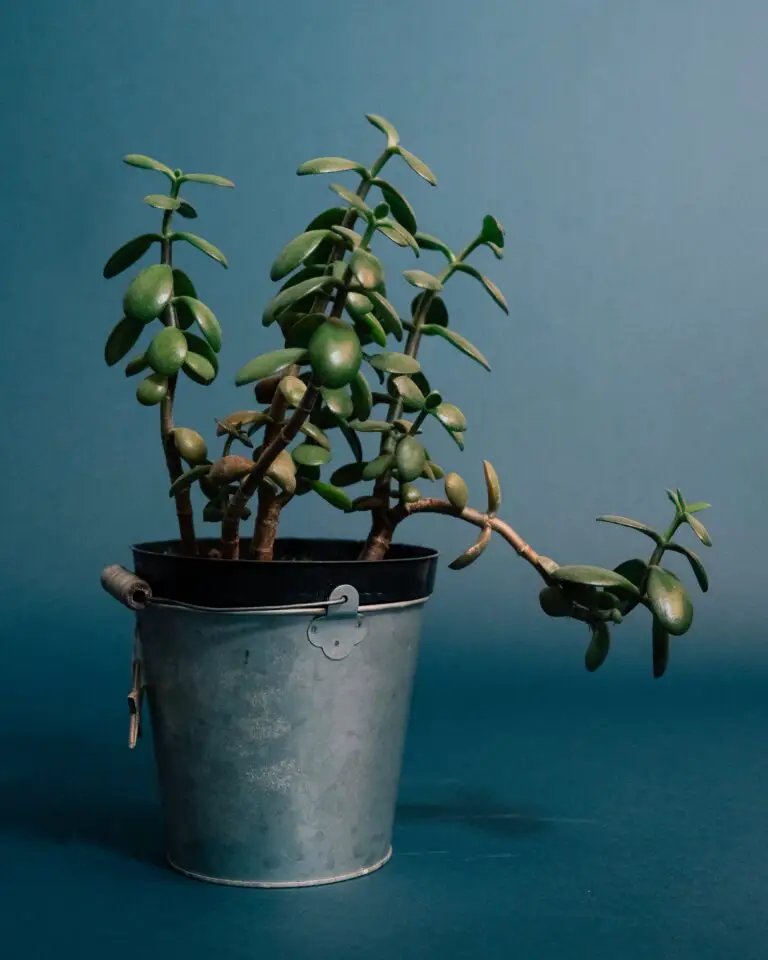
For further reading on succulent secrets, consider our article on cultivating the ideal succulent at home, where watering wisdom is just the beginning of the odyssey.
Employing these tips ensures your succulent thrives, creating a flourishing oasis that mirrors the verdant jungles where legends dwell and adventures beckon. May your watering be as much of an exploration as it is a care routine for your green gem.
Soil and Potting Essentials for Crassula Ovata
Imagine standing in a serene garden, your fingers playfully toying with the earth as you prepare a new home for your beloved Crassula Ovata. This isn’t just any plant—this is the emerald empress of succulents, the ever-popular Jade Plant. To give your green companion the royal treatment it deserves, getting the soil mixture just right is pivotal. We’re talking about a blend that’s the secret handshake to unlocking flourishing growth—a mix that whispers to the roots, “Welcome, spread out and thrive.”
Let’s delve into the details. The soil for your Crassula Ovata should be as light and airy as a cloud with a penchant for drainage. A heavy, water-logged soil? That’s a recipe for root rot, and we want none of that sorrow. What you need is a soil mix that’s like a well-tailored suit, bespoke for your Crassula Ovata. One that combines peat moss with sand or perlite, and a sprinkle of regular potting soil. This trio will ensure water flows through quickly, yet retains just enough moisture to quench the roots’ thirst.
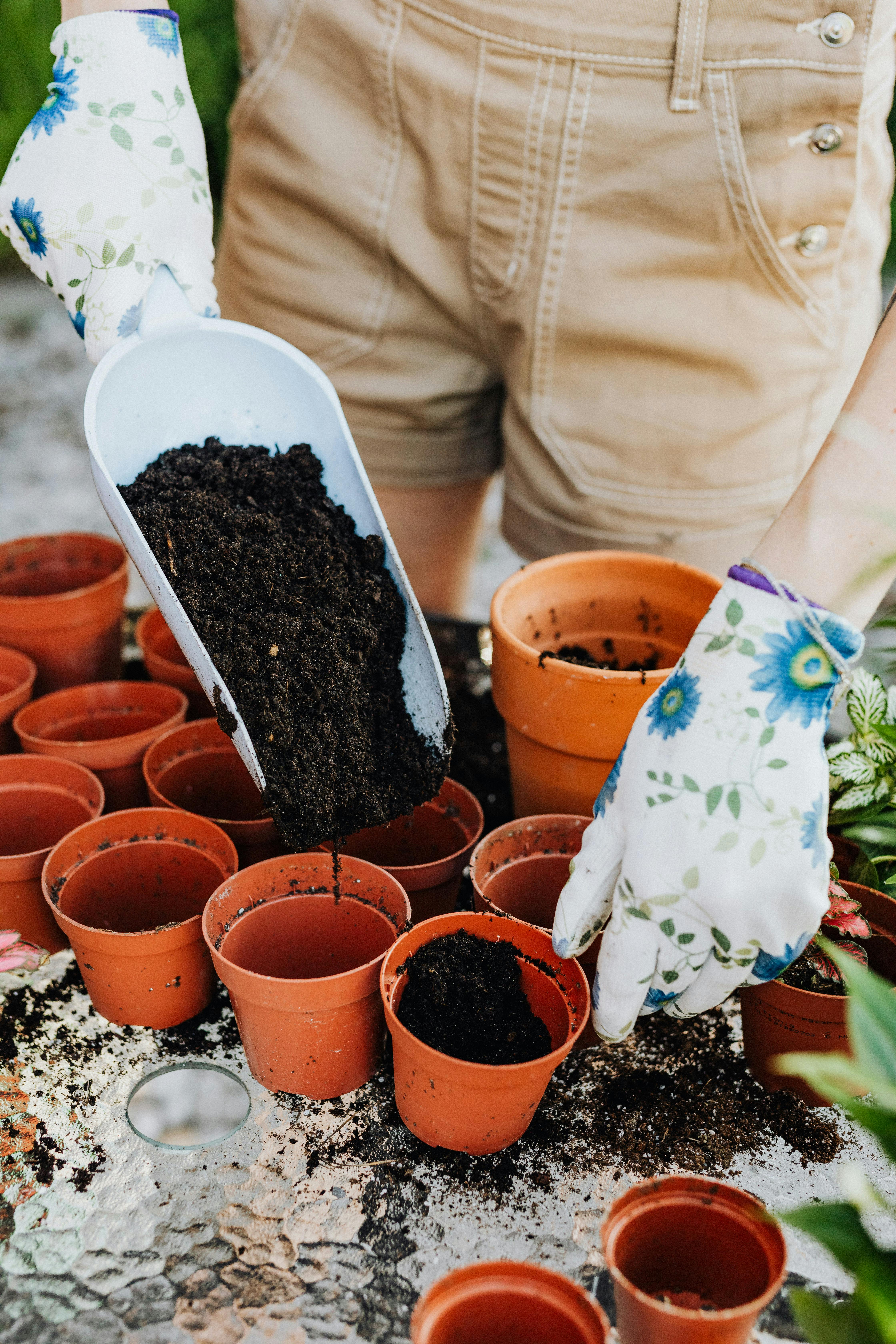
Equally important is the pot you choose. A Crassula Ovata is like a growing artist, and the pot is its canvas. Opt for a pot with a drainage hole—this isn’t up for debate. It’s like giving your plant a safety net, allowing excess water to escape and preventing water from attending a pool party at the bottom of your pot. Not just any pot will do, either. Go for terracotta or similar porous materials that can lend a hand in wicking away moisture and keep the roots as happy as a clam at high tide.
When is it time to repot, you ask? Growth spurs change, and as your Crassula Ovata expands, so should its abode. Typically, this is a biennial event. When you notice roots peeking timidly through the drainage hole, it’s the plant’s subtle hint that it’s ready to move on up. Repotting is best done in the spring, the season of renewal, when the Jade Plant can recover and set out its roots with eager anticipation in its new, humble yet fitting, earthy abode.
Remember, friends, a Crassula Ovata is not just a plant; it’s a statement of patience and care. Treat it to the right soil, the perfect pot, and timely repotting, and watch as it rewards you with vibrant growth that stands as a testament to your green-thumb mastery.
Fertilizer and Nutrient Requirements
When it comes to the well-being of your Crassula Ovata, also known as the Jade Plant, it’s essential to understand that feeding it is more than just a routine—it’s an art. Just like a master painter knows which brush to use, you should know exactly what type of fertilizer heralds a thriving growth for your Jade Plant. But don’t worry, we’re here to demystify the process and make you a true Jade Plant connoisseur!
First things first, let’s talk about the ‘nourishment canvas’—the type of fertilizer best suited for your plant buddy. Ideally, a balanced water-soluble fertilizer, with equal parts nitrogen, phosphorus, and potassium (often referred to as a 20-20-20 mix), serves as the perfect meal for your Jade Plant. Remember, the phrase “less is more” is the mantra here. Apply this liquid blend sparingly during the growing season, which is typically spring and summer for these succulent friends.
How often, you ask? Well, picture this: you’re enjoying a lovely meal, but then it keeps coming at you every hour—it’s too much, right? Similarly, your Crassula Ovata enjoys its fertilizer feast about every two to three months during active growth periods. Overfeeding can lead to more harm than good, causing nutrient burn and a whole host of other health issues that we want to avoid.
But what happens if you notice your Jade Plant looking a bit under the weather? A telltale sign of nutrient deficiency is weak stems and yellowing leaves. This is your plant’s cry for help, signaling it’s time to reevaluate the feeding regimen and give it the boost it needs. Sometimes, it might just need a little extra magnesium or iron—adding a dose of Epsom salt or an iron supplement can sometimes do the trick.
As we nurture our Crassula Ovata, it’s important to soak in all the wisdom we can—not just about fertilizer but about all aspects of care. That’s why it might be helpful to check out this guide on Care Tips for a Thriving Succulent Haven, filled with insights sure to make any succulent lover’s heart swell with joy.
Understanding your Jade Plant’s needs doesn’t have to be drudgery—it’s a fascinating journey of discovery. And for those visual learners out there, this helpful video will lay down the fundamentals of keeping your Crassula Ovata lush and happy:
In the world of Jade Plants, foresight is the key to a spectacular show of resilience and beauty. Pay close attention to your plant’s language, provide the right nutrients at the right time, and watch as it transforms into a magnificent, emerald masterpiece under your attentive care.
Pruning and Maintaining a Healthy Shape
Ever gazed upon a well-shaped Crassula ovata, commonly known as the Jade Plant, and wondered how it achieved such symmetry and bushiness? It’s all about the art of pruning, my friends! You don’t need a green thumb—just some simple techniques up your leafy sleeve. In the enchanting world of Crassula ovata, maintaining a pleasing form isn’t just aesthetics; it’s health insurance for your succulent buddy.
The Right Cut at the Right Time
Timing is everything. When is the ideal moment to get snippy with your Jade? Aim for spring or early summer, right when your plant is gearing up for a growth spurt. Snipping away during this period allows your plant to recover swiftly and seize all that new energy for leafy prosperity. What about the actual cutting? Sharp, clean tools, folks! We want a precise incision to prevent any naughty bacteria from crashing the wound-healing party.
Envisioning the Shape
Before you make the first cut, take a step back and visualize your end goal. Are you trimming for size or encouraging a bushier demeanour? Remember that each cut can stimulate new growth points, so strategic snips will reward you with a lavish, branched splendour. It’s like directing a botanical ballet, where each trim cues your Jade to dance in a new direction.
Nature’s game of Jenga can be precarious, however, especially if you inherit a Jade that’s more ‘tower-o’-leaves’ than ‘shrub-of-symmetry’. Take a cue from a real-life Jade-whisperer I know. Faced with a top-heavy sapling leaning dangerously to one side, they got radical with pruning to balance Mr. Ovata. Today, that same plant stands proudly, balanced and thriving, all thanks to a bold but thoughtful reshaping.
Propagating Prodigy
Now let’s talk multiplication – yes, you can turn pruning into propagation! Those trimmings can become the start of a new generation of Jades. Just let the cut ends callous over for a few days, then cheer them on as they embark on the rooting journey in well-draining soil. There’s no greater joy than watching your Jade family expand, and propagation is a sustainable share-the-love gardening move!
Remember, moderation is key—don’t go Edward Scissorhands on your plant. Prune away up to a third of the plant’s size for a major refresh, or keep it minimal for annual up-keep. And hey, who says pruning is all work and no play? Every snip is a step towards a sculptural masterpiece that you’ve nurtured with your own hands. Let’s not just grow Jades; let’s sculpt living art!
Pest Management and Disease Prevention
When it comes to the resplendent Crassula Ovata, commonly known as the Jade Plant, it’s not just about the aesthetics. Its succulent leaves are a canvas for various pests and diseases, eager to take a bite out of its lush foliage. Let’s dive into the nitty-gritty of keeping your verdant friend in tip-top shape.
Identifying the Culprits: Common Pests
Picture this: You’ve lovingly nurtured your Jade Plant, and suddenly you notice the leaves aren’t as perky as they used to be. On closer inspection, you might find tiny critters such as mealybugs, making themselves at home at the expense of your plant’s health. Other frequent offenders include spider mites, creating fine webs on the underside of leaves, and aphids, which are notorious for sapping the strength from new growths.
Let’s not forget about scale insects, masters of disguise that can sometimes be mistaken for mere bumps on the stems. However, with a keen eye and regular check-ups, you can catch these pests before they cause a full-blown infestation.
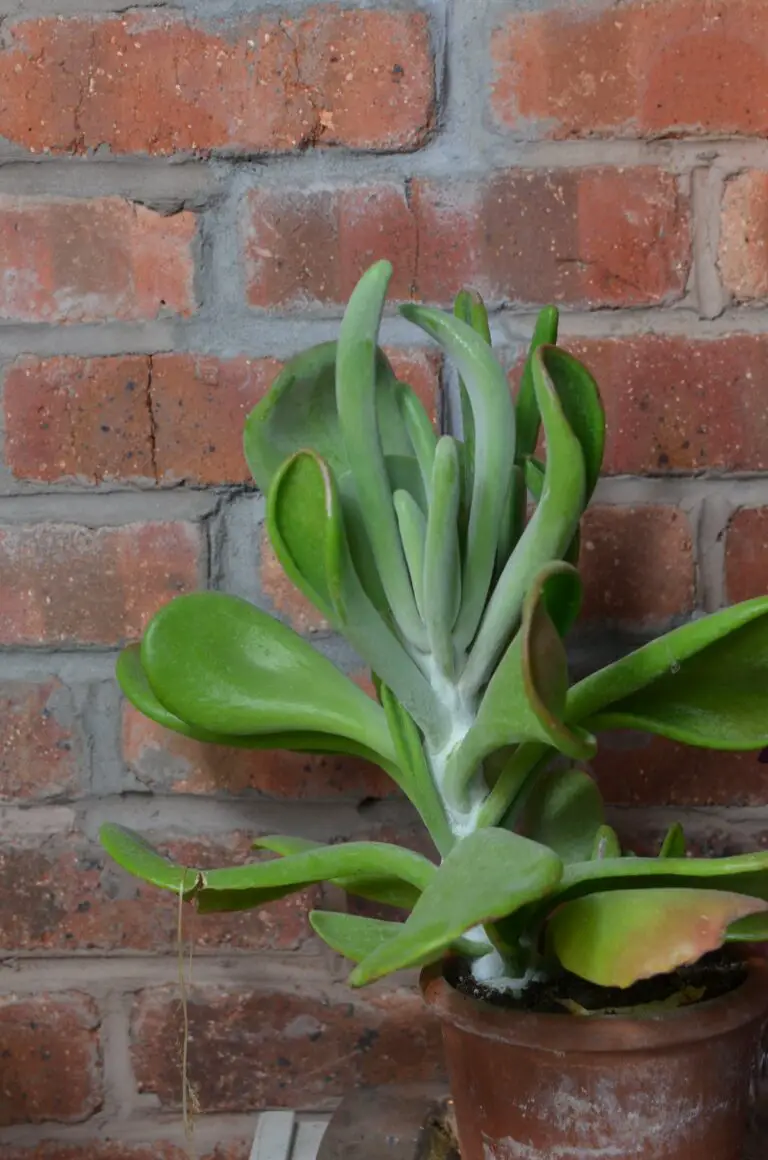
Averting Disease: What to Watch For
Damp environments can spell trouble for your Crassula Ovata, as they lay out a welcome mat for fungal diseases such as root rot. It starts quietly, beneath the soil, until the fallout ascends, revealing yellowing leaves that drop prematurely. Overwatering is often the prime suspect, but fear not, proper watering habits can thwart this unwelcome guest.
Alongside fungal foes, potential viral diseases can leave their mark with unsightly patterns on the leaves. While these illnesses might not have a cure, all hope isn’t lost. It’s about containment—stop the virus from spreading by removing the affected leaves and keeping those gardening tools clean and sanitized.
Combat Strategies: Fending Off Pests and Diseases
Now, onto the battle tactics. If you detect mealybugs or aphids, your first line of defense can be as simple as a strong stream of water to knock them off their perch. For those persistent invaders, insecticidal soap or neem oil can be effective weapons, targeting pests without harming your plant.
Consider isolation for plants battling disease or infestations, as this can prevent the enemy from expanding its territory to your other green companions. Regular pruning, selectively removing dead or diseased foliage, can also help maintain your plant’s vitality and deter future attacks. And remember, the best offense is a good defense—providing proper care, monitoring, and maintaining a clean environment are your shields in this green thumb endeavor.
Remember, victories in the plant world are not just about reaction—it’s about proactive care. Tender love garnished with a dash of vigilance can help your Crassula Ovata not just survive but thrive, making it a true gem in your garden or home.
Troubleshooting Common Crassula Ovata Problems
Gardening can sometimes feel like a game of whack-a-mole, especially when you’re dealing with a plant as temperamental as the Crassula ovata, commonly known as the Jade Plant. One day, your succulent is a beacon of lush green, and the next, you might find yourself facing a puzzling case of leaf-drop or a mysterious colour change. Fret not, green thumbs! This segment is your trusty sidekick, guiding you through common pitfalls and lifting the veil on keeping your Jade Plant not just alive, but flourishing.
Why is My Crassula Ovata Shedding Tears (of Leaves)?
Imagine your Crassula Ovata as a stoic actor in a silent movie, where instead of tears, it drops leaves to signal distress. Overwatering is often the surprisingly simple culprit causing the leaf drop drama. If the leaves look plump but fall off at a touch, it’s crying out for you to ease up on the watering. Give your plant more sunlight and less H2O to get back those tight, upright leaves that are the hallmark of a happy Crassula.
Decoding the Palette of Crassula Ovata
Notice a shift in colour from Granny Smith apple green to a less vibrant hue? It could be a sign of too much direct sunlight or a nutrient deficiency. A healthy dose of balanced, succulent-specific fertilizer can be the pick-me-up your Jade Plant needs. It’s like a spa day in plant-form! And remember, sunlight is good, but just like us, Crassula Ovata requires sunscreen—in this case, some shade during the harshest rays of the day.
To provide a visual guide, let’s delve into a video that captures these care conundrums and how to remedy them:
As you now know, your Crassula Ovata doesn’t need a monologue to communicate. With these tips and a bit of garden gumshoe work, you’ll decode its silent cues. Keep an eye out for plumpness in leaves and the right amount of sunlight, and your Jade Plant will be your green companion for years to come. Now, go forth and continue your journey toward becoming a Crassula Ovata maestro!
Frequently Asked Questions
Embarking on the journey of nurturing a Crassula Ovata can be as intriguing as it is rewarding. And like any journey, questions arise along the way. Is it time to water my Jade Plant now that winter has embraced my garden with its chilly touch? My Crassula is getting leggy; should I be worried? How do I control this green beauty’s growth? Worry not, fellow plant enthusiasts, for this section is crafted to demystify these frequent queries with practical insights.
Winter Watering Woes
Let’s tackle one of the most befuddling conundrums: when to water your Crassula Ovata during winter. Picture this: the air is crisp, the days are short, and your indoor oasis beckons with a promise of spring. Here’s the secret – your succulent’s watering needs diminish as the temperature drops. The cooler season means reduced evaporation, which in turn translates to less frequent drinks for your plant. An easy rule of thumb is to wait until the topsoil feels dry to the touch, then provide a moderate quench—not too much, as you’d want to avoid frosty roots in soggy soil.
Battling the Leggy Plant Syndrome
Discovering your Crassula stretching out with unwieldy, elongated stems can strike a note of alarm. It’s like watching a child outgrow their clothes too swiftly. Here’s what’s happening: your Jade Plant is reaching for the sun, quite literally. Insufficient light provokes this spindly growth. Bring your plant closer to a sunbathed window where rays can grace its leaves, or consider supplemental lighting. A sturdier, more compact Crassula will emerge with proper exposure, showcasing robust health and beauty worthy of a glossy magazine spread.
Managing Your Jade Plant’s Growth
As for taming its exuberant growth, envision yourself as a bonsai master, guiding the miniature tree with a wise hand. Pruning is not just a corrective measure; it’s an artful dance with nature. Snip away the overzealous branches during active growth seasons, spring and summer, to encourage a fuller, bushier appearance. And remember, every cut is an opportunity for propagation—each leaf or stem can birth a new specimen, extending the lineage of your cherished Crassula Ovata. This is not merely plant care; it’s a generational legacy in the making.

Delving deep into the world of Crassula Ovata care is akin to unlocking a treasure trove of horticultural wisdom. Each answer leads to more knowledge, each experience becomes a story to share. So go ahead, ask away, and make the caretaking of your Jade Plant an adventure to cherish.
